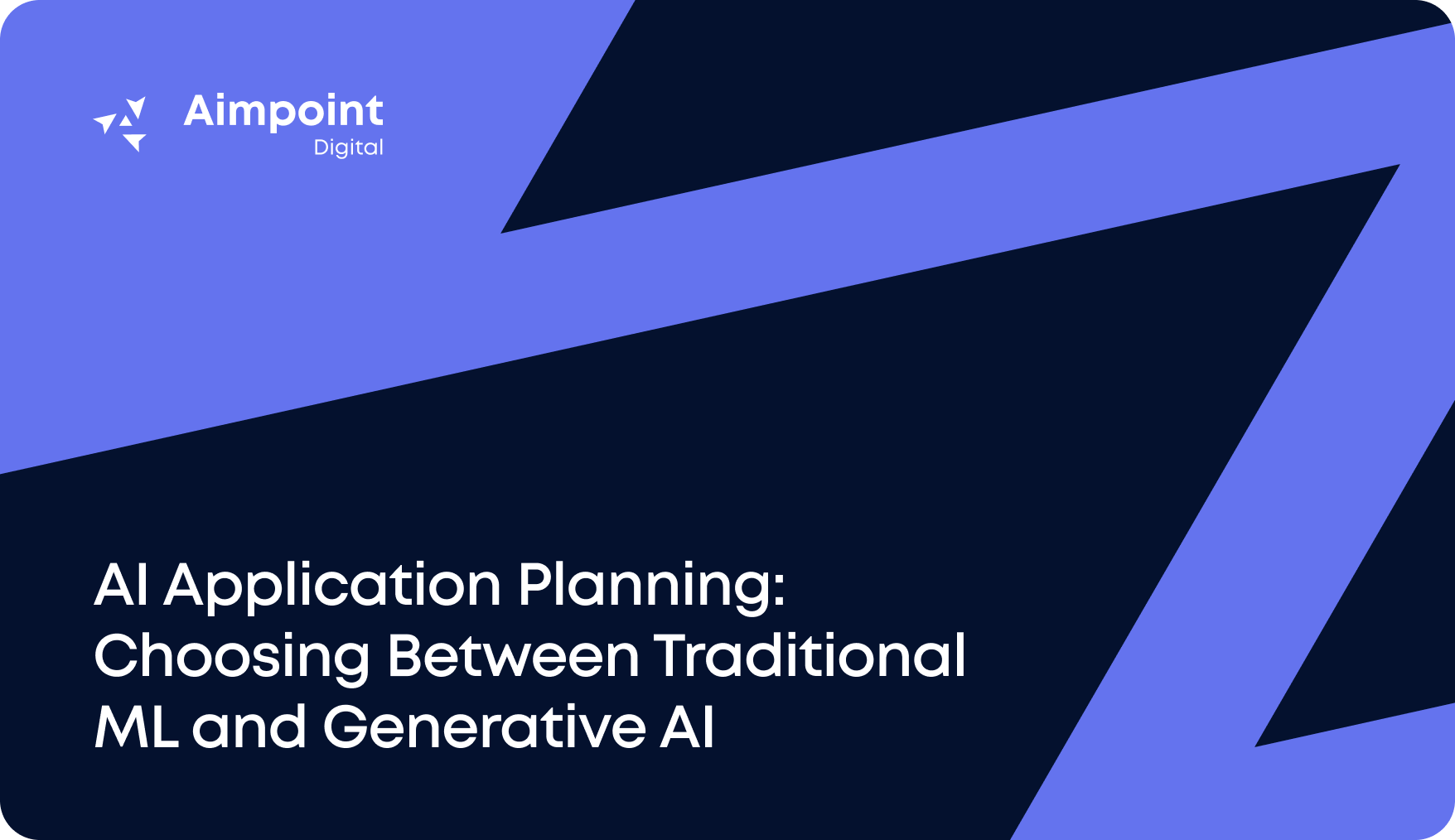
Artificial Intelligence

Inventory management has become more crucial in today’s fast-paced business environment. Companies are constantly seeking ways to do it all – optimize their inventory levels, reduce costs, and improve customer satisfaction. While effective to a certain extent, traditional inventory management systems often fall short in addressing the dynamic nature of demand and supply.
This is where Artificial Intelligence (AI) comes into play. With its predictive analytics and machine learning capabilities, AI offers a transformative solution to solve inventory optimization challenges. Let’s dive into how AI can revolutionize inventory management.
Accurate predictions for demand are critical for inventory management but are notoriously challenging to produce. In many situations, AI-driven demand forecasting can improve current forecasts by up to 20%.
Overestimating can lead to excess stock and increased holding costs while underestimating can result in stockouts and lost sales. To strike the right balance, utilize AI-driven predictive analytics to analyze vast amounts of historical sales data, identify patterns, and forecast future demand with a higher degree of accuracy. By understanding seasonal trends, promotional impacts, and other external factors, AI can provide more precise demand predictions, ensuring that businesses have the right amount of stock at the right time.
Working capital, the difference between a company’s current assets and current liabilities, is a critical measure of a business’s operational efficiency and short-term financial health. Many companies struggle to set an optimal inventory management policy due to a lack of necessary working capital or an inability to allocate capital due to imbalanced inventory. Optimizing working capital ensures a company has enough cash flow to meet its short-term obligations and operational expenses.
AI can play a pivotal role in this optimization.
By analyzing transaction data, payment histories, and market conditions, AI can predict cash flow trends and recommend strategies to improve receivables, payables, and manufacturing policies in relevant cases.
For instance, an AI model could flag certain SKUs that may be better suited for a made-to-stock vs. made-to-order build strategy. On the procurement side, AI can analyze supplier payment terms and delivery histories to negotiate better terms or even suggest alternative suppliers. Generative AI models have started to help in contract negotiations and invoicing.

Read 5 Ways to Use Generative AI in Business for more details on how LLMs are infiltrating the business world.
Additional work can be done around SKU rationalization to reduce unneeded production, as covered in our white paper SKU Rationalization White Paper. Working capital is an area of inventory management that spans several areas; as mentioned above, a well-thought-out approach to optimizing working capital can make or break a company.
AI-powered systems can monitor inventory levels in real-time, providing instant alerts when stock levels are too high or too low. This real-time monitoring allows businesses to make quick decisions, such as reordering necessary products or redistributing stock among various locations.
Aimpoint Digital has built use cases that dynamically redistribute stock based on various contract requirements by leveraging AI models to ingest real-time consumption data and intelligently disperse orders. By having a real-time view of inventory, businesses can reduce the risk of stockouts and avoid overstocking, leading to improved operational efficiency.
AI can automate the reordering process by analyzing sales velocity, lead times, and minimum order quantities. When stock levels reach a predefined threshold, AI systems can automatically place orders with suppliers, ensuring that inventory is replenished in a timely manner.
This automation reduces manual intervention, minimizes human errors, and ensures that products are always available for customers. We explore reorder points specifically within the chemical industry in our blog Optimization in Chemical Industry Deep Dive: Part One.
AI combined with a testing framework can help businesses measure promotional effectiveness and price elasticity of demand across their entire catalog. This information allows stakeholders to design a pricing and promotional strategy to maximize profits.
AI can also assist in identifying complex product relationships like complementary and substitution effects. Incorporating an AI-driven dynamic pricing and promotional strategy into an inventory management solution can further reduce inventory stockouts. When supply is constrained, dynamic pricing can suggest increasing prices to reduce demand and maximize profits until new supply can be sourced.
AI can evaluate supplier performance based on factors like lead time, product quality, and reliability. By analyzing this data, businesses can identify which suppliers consistently meet expectations and which are falling short. This insight allows companies to negotiate better terms, ensure timely deliveries, and build stronger relationships with high-performing suppliers.
Returns are an inevitable part of the retail business. AI can uncover return patterns that lead to identifying product defects, mislabeling, or potential fraud. By addressing these issues proactively, businesses can reduce return rates.
Additionally, AI can suggest optimal ways to deal with excess stock, such as redistributing it to other locations, selling it to discount retailers, or donating it. This issue has recently become increasingly pressing as the post-COVID consumer base has heavily shifted online, and retail companies compete to offer accommodating return policies for customer retention.
In rapidly changing business environments, traditional inventory management techniques can leave millions in potential profits on the table. AI’s ability to analyze vast amounts of data, make real-time decisions, and learn from past experiences offers a game-changing solution to inventory management challenges. By embracing AI-driven inventory optimization, businesses can reduce costs, improve customer satisfaction, and stay ahead of the competition.
To get started using AI for inventory optimization in your organization, please fill out the form below.
Whether you need advanced AI solutions, strategic data expertise, or tailored insights, our team is here to help.